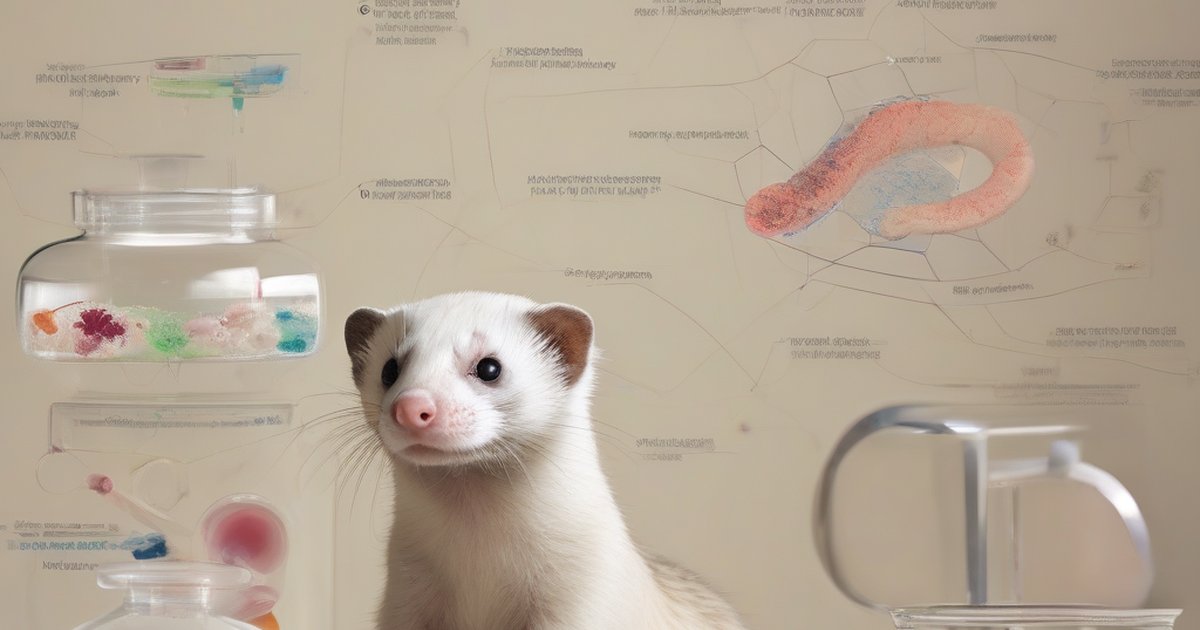The benefit
The good news is daily probiotics improved itchy skin symptoms in dogs with chronic atopic dermatitis over four months. Clinical severity scores dropped by about 35 percent on average for treated dogs, showing measurable relief. Seven of 22 dogs had more than 50 percent reduction in skin lesion scores, which means some dogs experienced notable visible improvement in their skin health.
The science
The study looked at the gut-skin axis—the link between the gut microbiome and skin health. Probiotics, which are beneficial bacteria, help restore gut microbiome diversity and balance. When your dog’s gut bacteria shift toward a healthier mix, immune responses become less reactive, leading to fewer skin flare-ups. This mechanism suggests that by supporting gut health with specific probiotic strains, you can help reduce allergy-driven skin issues in your dog.
What the study found
Results showed daily probiotics brought significant improvement to itchy skin symptoms in dogs with chronic atopic dermatitis over a 16-week period. This means regular probiotic use led to observable changes in comfort and behavior. Treated dogs’ clinical severity scores dropped by around 35 percent on average, measured using standardized skin allergy scoring. In plain terms, most dogs scratched less and had milder symptoms. Seven out of 22 dogs saw their skin lesion scores cut by more than half, indicating robust results for some individuals. Practically, this suggests that while not every dog responded dramatically, a meaningful subset enjoyed marked improvement. Responders also showed an increase in gut microbiome diversity, meaning their gut bacteria became more varied and balanced. This means the probiotic’s effect reached beyond the skin, helping the gut recover from dysbiosis—a disruption in normal microbial balance.
Real-world application
At home, you can use probiotic supplements as an adjunct to standard allergy therapies when your dog struggles with persistent itching, paw licking, or recurrent hot spots. For example, your golden retriever who chews her paws every night may benefit from a daily probiotic added to her food. If your bulldog’s skin flare-ups persist despite regular baths and prescription creams, adding a targeted probiotic could help calm symptoms. With your veterinarian, you can discuss the best formulation and dosing based on your dog’s history and current treatments. Veterinary guidance ensures the probiotic chosen contains the right strains and safe amounts. This approach supports your dog’s skin health without replacing allergy medications or prescription diets, working alongside them for added benefit.
How to implement
- Choose a veterinary probiotic containing Bifidobacterium, Lactobacillus, and Enterococcus strains—ask your veterinarian for product recommendations.
- Mix the probiotic powder or capsule with your dog’s main meal once daily; consistent timing helps establish routine.
- Track your dog’s scratching, licking, and visible skin lesions in a weekly journal using simple notes or photos.
- Continue your dog’s regular allergy medications and treatments unless your veterinarian advises a change.
- Schedule a check-in visit after eight weeks to assess progress, sharing your notes and observations with your veterinarian.
- If your dog resists the supplement, try mixing it with a small amount of wet food or a favorite treat.
- Monitor for signs of digestive upset such as diarrhea or vomiting and report any changes to your veterinarian promptly.
- Adjust probiotic dosing only with veterinary guidance, especially if your dog’s weight or health status changes.
What to expect
Week one: you start daily probiotic supplementation with meals. Weeks two to four: some dogs begin to scratch less, and mild skin improvements appear. By week eight, most owners notice a reduction in the frequency and severity of itching. At week sixteen, clinical scores can improve by 35 percent on average, with some dogs showing more dramatic changes in skin lesion appearance. A subset may have slower or less pronounced improvement, which is expected. Maintain routine and document changes to help track progress and guide future decisions.
Potential concerns
- Dogs with severe food allergies may need custom probiotic blends—standard formulations could contain trace allergens.
- Dogs on immunosuppressive medications should have probiotic use reviewed by their veterinarian to avoid interactions.
- Sensitive stomachs may react to new supplements—start with a small dose and increase gradually if advised.
- Multi-dog households should administer probiotics individually to track each dog’s response and avoid mix-ups.
Study limitations
- The trial included 22 dogs with chronic atopic dermatitis and 11 healthy controls.
- Daily probiotic therapy lasted 16 weeks.
- Outcomes measured included clinical severity scores and gut microbiome diversity.
- Only specific probiotic strains and doses were tested.
- What we don’t know yet: effects of probiotics combined with other novel therapies.
Bottom line
Daily veterinary probiotics improved allergic skin symptoms in dogs by 35 percent over 16 weeks. You can start by adding a recommended probiotic to your dog’s food with minimal disruption to your daily routine.
Your implementation checklist
Gather a veterinary probiotic supplement containing the specified strains and verify dosing instructions with your veterinarian. Set up a simple tracking sheet or use your phone to capture weekly photos of your dog’s skin and jot down any changes in itching or licking. Mix the probiotic into your dog’s breakfast each morning, pairing it with a small amount of wet food if needed for palatability. Keep your dog’s allergy medications and topical treatments unchanged unless your vet directs otherwise. Plan a progress check at the eight-week mark and bring your notes or photos to the appointment. Watch for mild digestive changes in the first days and let your veterinarian know if you spot anything unusual. If you have more than one dog, label each supplement container and ensure each pet receives the correct dose. Adjust only under veterinary guidance as your dog’s response and needs evolve.
Disclaimer
This research brief is for educational purposes only. Always consult your veterinarian before starting any new supplement or changing your dog’s allergy management plan.


